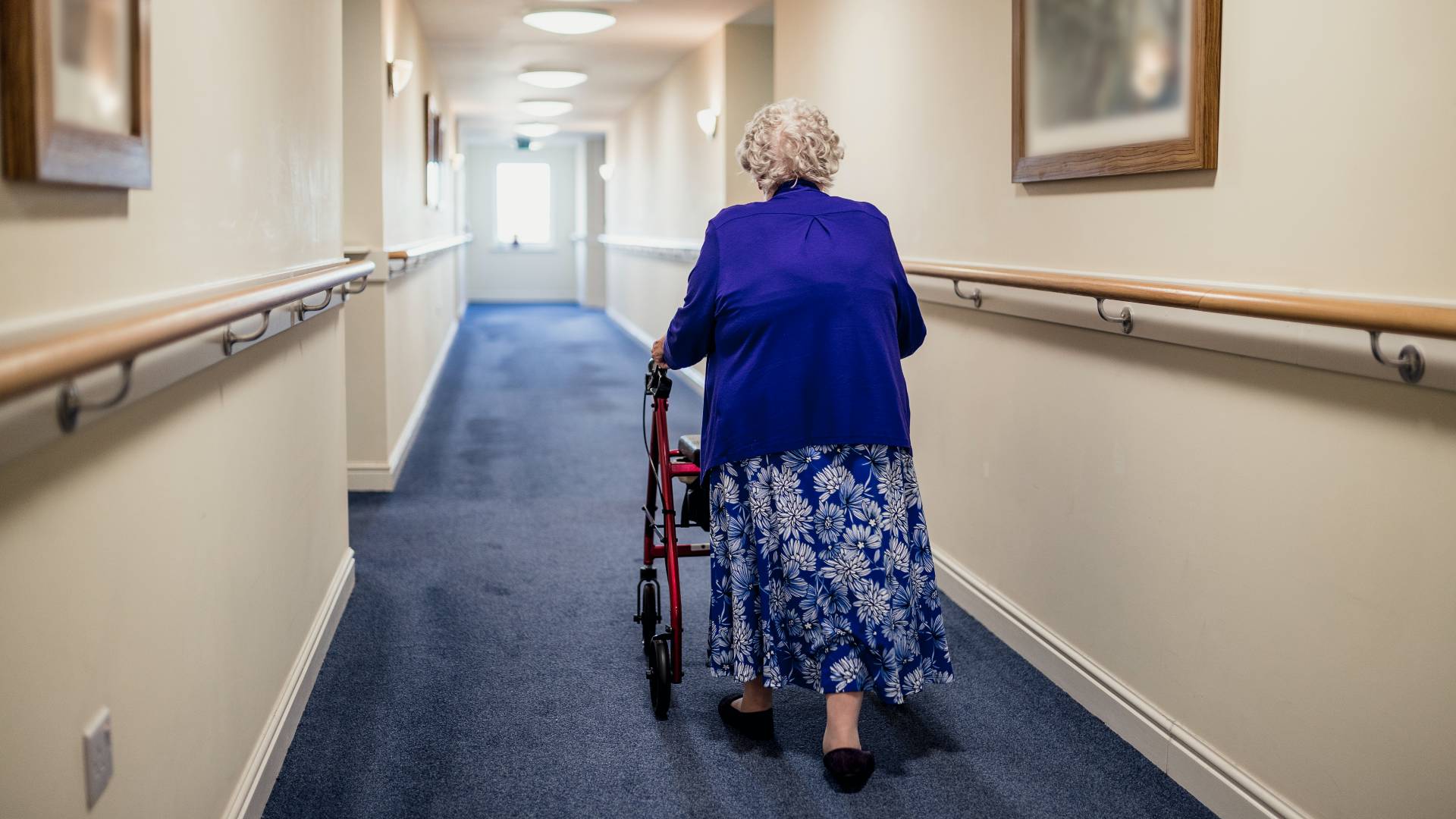
Sedentary behaviour, physical activity and sleep are pillars of good health that must be addressed to consider the unique care needs and preferences of older adults.
Dr Claire Baldwin, a senior lecturer in physiotherapy for the College of Nursing and Health Sciences at Flinders University, says interventions are needed to avoid unnecessary complications – and she is pursuing important research through the Guideline Project to introduce improved support systems.
“With an ageing population, the impact of inactivity on individuals and health systems will continue to escalate,” says Dr Baldwin.

“Currently, interventions to increase daytime physical activity or reduce sedentary behaviour in hospital settings are scarce. Yet without intervention, the negative impact of inactivity on individuals and health systems will escalate.”
Adults, and especially older adults, who spend time inactive, sitting, or lying in bed, when in hospital are at high risk of functional decline, acquiring new disabilities or limitations, which can lead to them being institutionalised, sustaining falls and other costly hospital-associated complications.
Sitting less and moving more is the antidote to inactivity during hospitalisation, which has been described as a “wicked problem”; simple on the surface but complex in reality and resistant to resolution.
There are currently no guidelines that address the complex problem of inactivity in hospitals, so the Guideline Project being led by Dr Baldwin (funded by the Australian Association of Gerontology) aims to develop an evidence-based guideline for consumers about ways to safely move more and sit less while in hospital for an acute medical illness.
It will outline the prioritisation of problems, review of research evidence and the making of recommendations for a guideline. These guidelines will be world-first, and while developed specifically for the Australian context, will be of international significance.
Dr Baldwin and colleagues are focusing on two areas: Developing a guideline to support older adults to sit less and move more during acute hospitalisation, and testing ACTIVE-DAY, a program designed to help older adults to move more, sit less and sleep well, from hospital to home.
“No previous study has delivered a collective intervention for behaviours across a 24-hour day from hospital-to-home,” says Dr Baldwin. “This targets a high-volume and high-risk patient group that represent a significant portion of physical inactivity and hospitalisation health burdens.”
The ACTIVE DAY intervention involved participants having an in-hospital education session to focus on what participants can do to move more and sit less during hospitalisation, plus additional activity delivered by physiotherapy students each weekday for up to two weeks. Once home from hospital, participants receive a series of home visits and phone consultations (plus a workbook and activity tracker for step counting) spread over a three-month period.
It adapts and combines interventions tested in overseas groups of older adults to the transition from hospital to home, offering continuity of care.
This work builds on Dr Baldwin’s early post-doctoral research, which focussed on understanding inactivity during hospitalisation. “This work shaped my research direction, to take an inter-disciplinary approach and focus on older adults,” she explains.
This led to Dr Baldwin’s collaborations with international teams to publish rapid guidelines for the physiotherapy management of people with COVID-19 in the acute care setting, and to describe core outcomes for measurement in studies of physical activity interventions in community-dwelling older adults.
Dr Baldwin and colleagues now seek to upscale ACTIVE-DAY by establishing proof-of-concept and feasibility that ACTIVE-DAY can work in an Australian healthcare setting.
“These projects are both examining factors that keep people unnecessarily inactive in hospital include processes and policies; the influences of people (patients, family, staff), culture and the hospital environment,” says Dr Baldwin.
“To create real change for this under-recognised problem, all these factors need to be considered both in policy and practice.”
While these projects are still in process, Dr Baldwin is confident they will provide health professionals and older adults with evidence-based knowledge on how to move more and sit less while in hospital.
“With effective implementation, a reduction in complications associated with inactivity during hospitalisation should follow,” says Dr Baldwin.
“Ultimately, improved activity and sleep with minimised sedentary behaviour should impact a range of indicators in hospitalised older adults, including physical function, adverse events, and hospital outcomes, which is what we hope to investigate in the future.”

